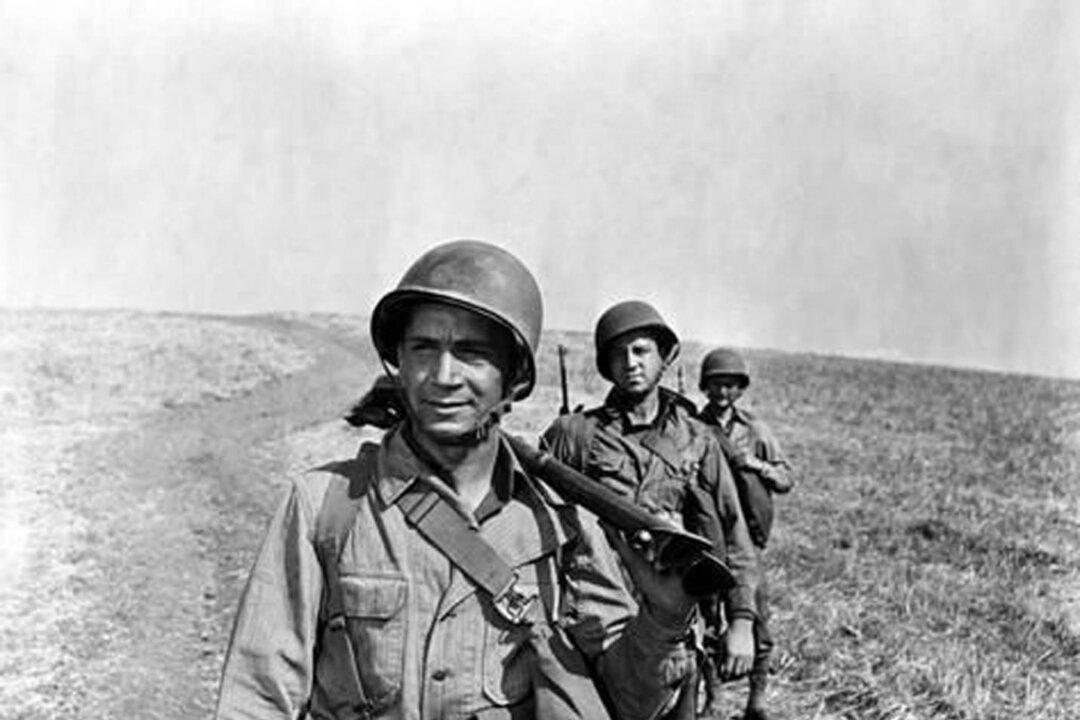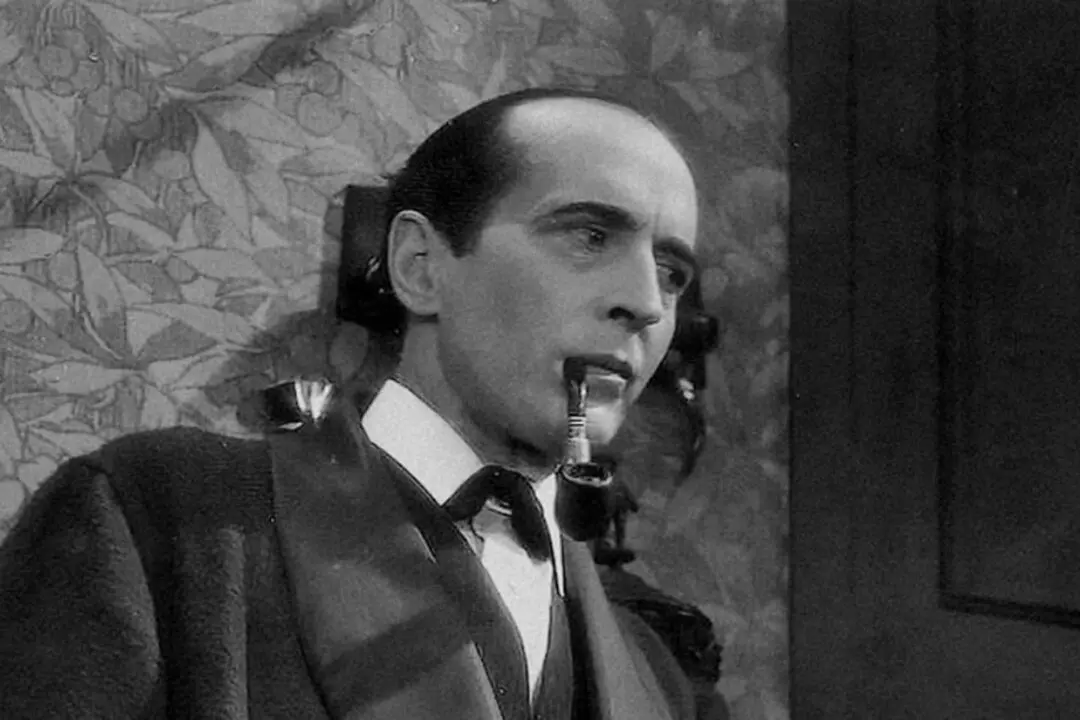Not Rated | 1h 57min | Drama, War | 1945
Many World War II films from the 1940s and ’50s—at least those set in the overseas theaters of war—follow a pattern: focusing on external events with little insight into what the main characters are thinking and feeling. With his “Walk in the Sun,” director Lewis Milestone (“All Quiet on the Western Front,” “Of Mice and Men”) offers up a different kind of war movie.






